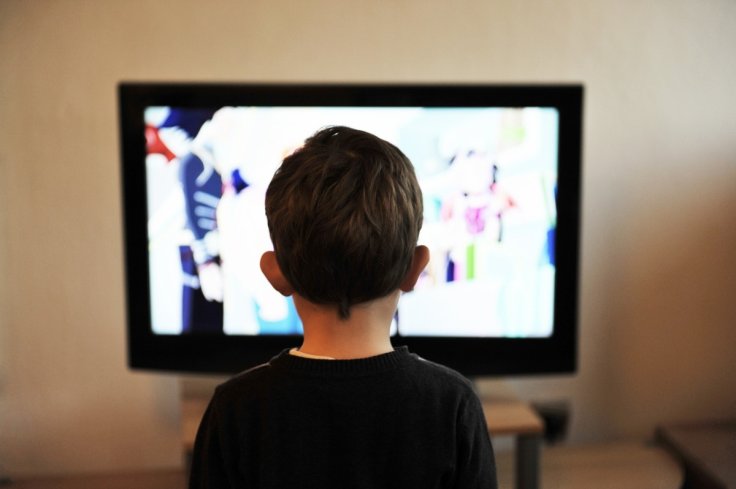Researchers have found that children who spend more time looking at tablets or television screens as infants are likely to be less physically active as they enter school age.
The study, published in the journal The Lancet Child and Adolescent Health, revealed that kids aged two to three who spend more than three hours a day viewing screens, such as tablets and televisions (TVs) grow up to be less physically active at age 5.5 years, compared to children who used screens for an hour or less each day.
The study, involving more than 500 children in Singapore, suggests that adhering to the World Health Organisation (WHO) guidelines to limit screen time to one hour per day or less among children aged two to five years may promote healthier behaviors in later life.

Screen viewing affecting the children's activity levels
"We sought to determine whether screen viewing habits at the age of two to three affected how children spent their time at age five. In particular, we were interested in whether screen viewing affected sleep patterns and activity levels later in childhood," said Falk Muller-Riemenschneider, from the National University of Singapore.
Screen viewing is increasingly prevalent but excessive screen time in childhood has been linked to a range of health problems, including increased risk of obesity and reduced cognitive development, the researchers said.
For the findings, parents were asked to report how much time the children spent on average either watching or playing video games on TV, using a computer, or using a handheld device, such as a mobile phone or tablet.
These screen habits were recorded when the children were aged two and again at age three. An average of the two recordings was used in the analysis.
At age five, the children wore an activity tracker continuously for seven days to monitor their sleep, sedentary behavior, light physical activity, and moderate-to-vigorous physical activity.
Difference between children viewing TV for less than an hour and more than 2 hours
Children in the study spent an average of 2.5 hours a day watching screens at age two to three. Television was the most commonly used device and was associated with the longest viewing time. Only a small proportion of children in the study met WHO recommendations of one hour per day or less.
The findings revealed that children who had used screens for three or more hours a day between the ages two to three spent an average of 40 minutes more time sitting down each day at age five than did those who had used screens for less than an hour a day at the same ages.
Such higher screen use in infancy was associated with around 30 minutes less light physical activity each day, and around 10 minutes less moderate to vigorous activity each day, the study said.









